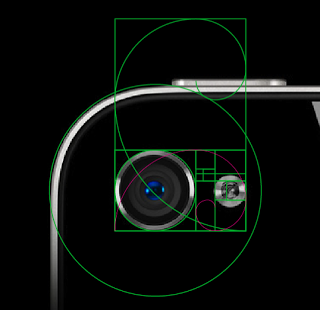Fibonaci The Fibonacci sequence and the Golden ratio
The Golden Ratio and The Fibonacci Sequence
Ah the Golden Ratio.
So much has been said about it already but don’t worry if you don’t know anything about it as everything will be clear at the end of this article.
Although it is a pretty cool number and it has close ties to the Fibonacci sequence, it would not be rational (get it?) to assume that everything we hear about it is true.
Just yesterday, after feeling inspired about the pervasive presence of this number all around us, I stumbled upon this Youtube video from the Museum of Mathematics which, I must admit, cleared a lot of things about the subject, not only is it interesting, it’s also accessible and easy to understand.
As you can see from the video, it is often easier to mold reality to our custom beliefs than it is to mold our beliefs to the objective reality. The inquisitive eye of the skeptic mind must always keep this thought at the forefront of its awareness.
Beauty in mathematics
Also, even though the Golden Ratio human body proportions sometimes looks sketchy from what we have seen in the previous video, there’s a patent for beauty facial recognition using this principle (actually, I lied there is more than one patent).
There is this mask coming from the same patent holders.

The theory behind it is that the more aesthetically pleasing individuals features tend to correlate those features more closely as you align the fractal grid-mask on top of the face.
If you have minimal Photoshop or GIMP skills, it may be easy to check yourself out or just check out someone you know and how they align to the perfect beauty template by overlaying it on top.
All you have to know is that the one on the left represents the idealized female and the other one represents the idealized male.
Screens
There is also this story about computers and TV screens.
While it has been said in the video that we have no universal preference for a perfect rectangle, we tend to prefer the wider view area over the old one that looks more squared, probably because we have a naturally wide viewing angle that is close to 180 degrees even if our focal point is very narrow.
So the truth is that those widescreen HDTVs may match more closely our own human stereoscopic vision then our actual personal and cultural aesthetic preferences but how do we differentiate them from one another?
You may have noticed that the screen with the aspect ratio that is closer to the aspect to the Golden Ratio 1.6180 is actually 16:10. You might want to keep that in mind next time you go shopping for a gadget or an electronic device or maybe not.


via http://gold3nratio.tumblr.com/
Finally, here is a Perl Script that I made that will calculate the Fibonacci sequence for you until your computer does not want to give you any more free memory to work for you. All you have to do is change the $iterate variable on line 6 to have number of iteration you desire.
? 1 2 3 4 5 6 7 8 9 10 11 12 13 14 15 16 17 18
#!/usr/bin/perl
use strict;
use warnings;
use bignum;
my $iterate = 100; ##Change that number if you want more iterations
my $iteration = 1;
my $first = 1;
my $second =1;
while ($iteration < $iterate){
my $answer = $first + $second;
print ("$first + $second = $answer \n");
$first = $second;
$second = $answer;
$iteration++;
}
A typical output for 20 iterations of going through the Fibonacci sequence would look like this :
$ ./fibonaci.pl
1 + 1 = 2
1 + 2 = 3
2 + 3 = 5
3 + 5 = 8
5 + 8 = 13
8 + 13 = 21
13 + 21 = 34
21 + 34 = 55
34 + 55 = 89
55 + 89 = 144
89 + 144 = 233
144 + 233 = 377
233 + 377 = 610
377 + 610 = 987
610 + 987 = 1597
987 + 1597 = 2584
1597 + 2584 = 4181
2584 + 4181 = 6765
4181 + 6765 = 10946
6765 + 10946 = 17711
blog comments powered by Disqus